Using atomic layer deposition, scientists have created a new light-absorbing thin film that could help telescopes see a starrier night.
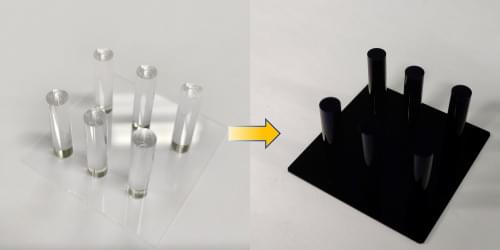

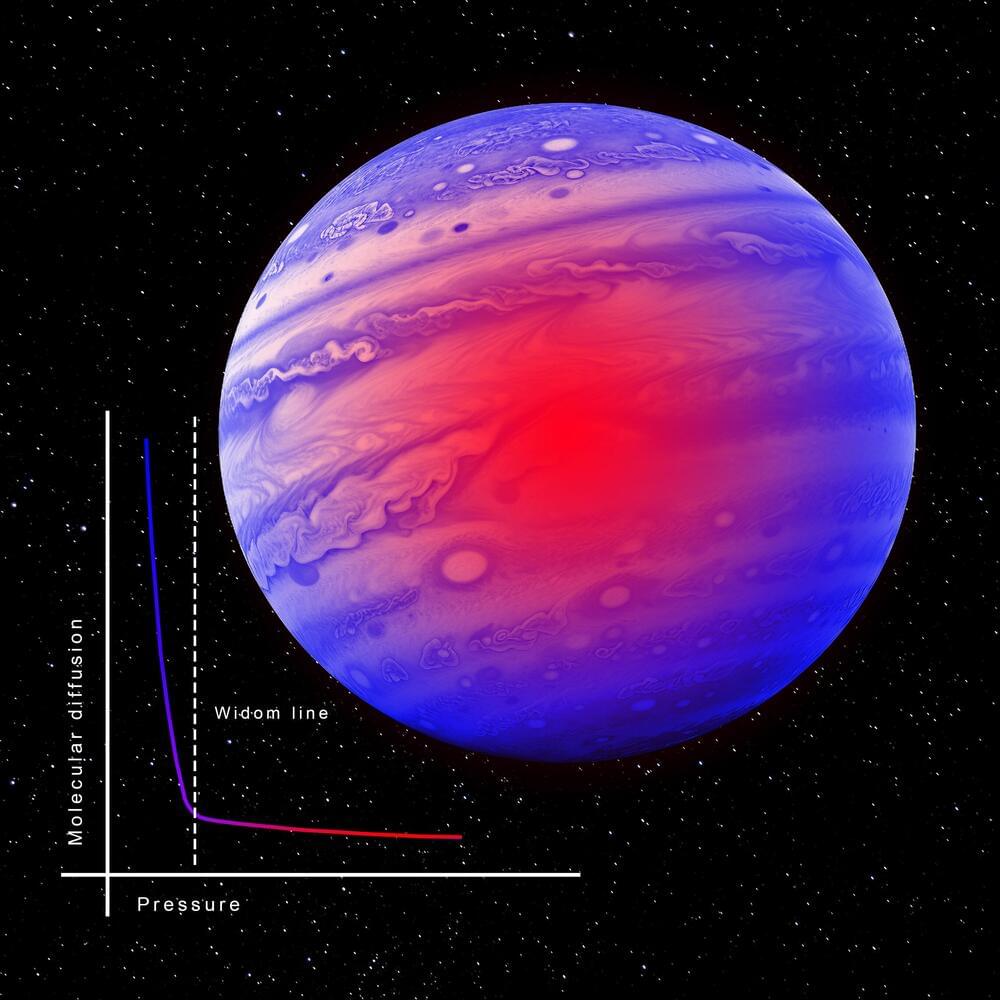
A study now published in Nature Communications brings remarkable insights into the enigmatic behavior of supercritical fluids, a hybrid state of matter occupying a unique space between liquids and gases, and arising in domains that go from the pharmaceutical industry to planetary science. The obtained results are at the limit of current experimental possibilities and could only be obtained in a high flux neutron source such as the Institut Laue-Langevin (ILL).


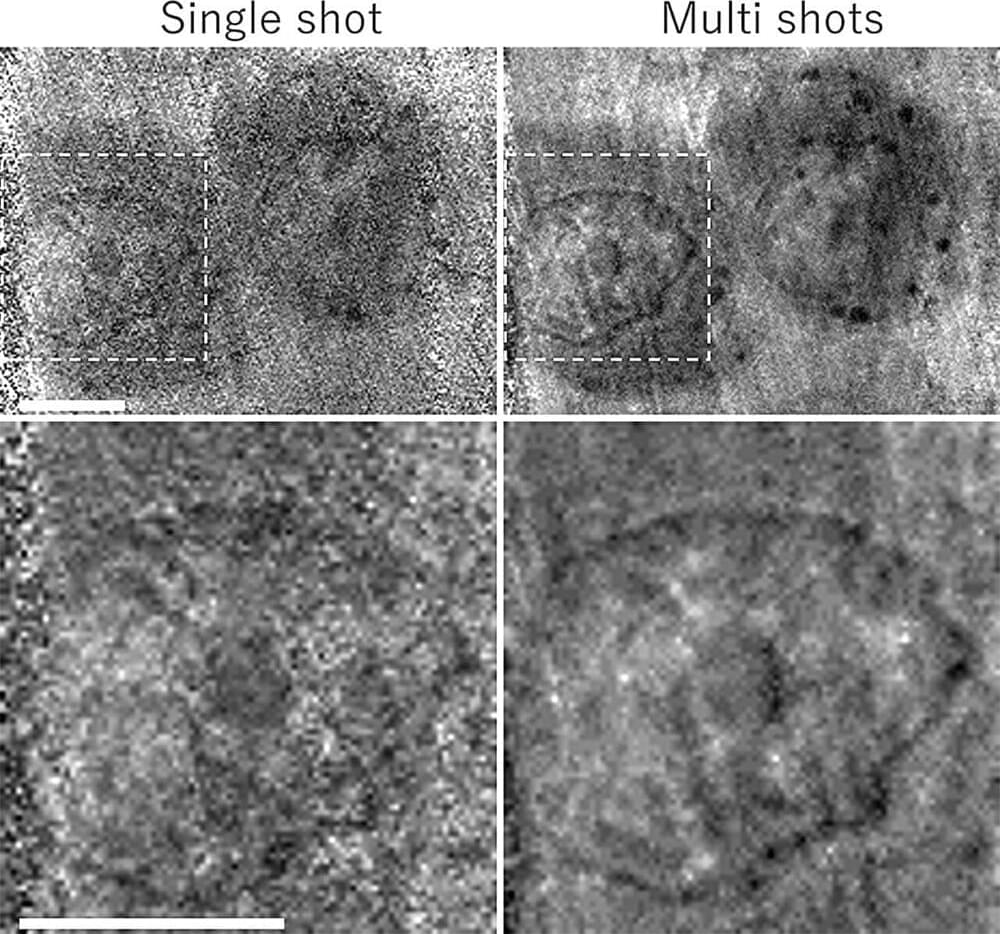

Researcher Kenneth Hu, Ph.D., runs an immunology lab studying cell-to-cell interactions in the tumor microenvironment and how that dictates the body’s response to immunotherapy. Here, he shares how he got started in the field and how he hopes his research will influence future advances in cancer immunotherapy.
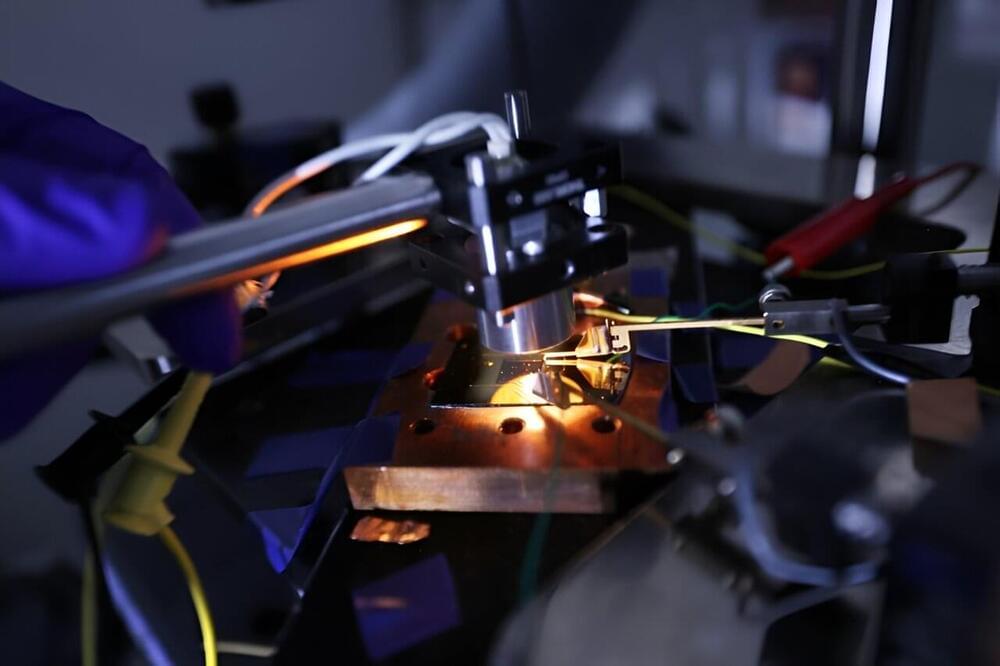

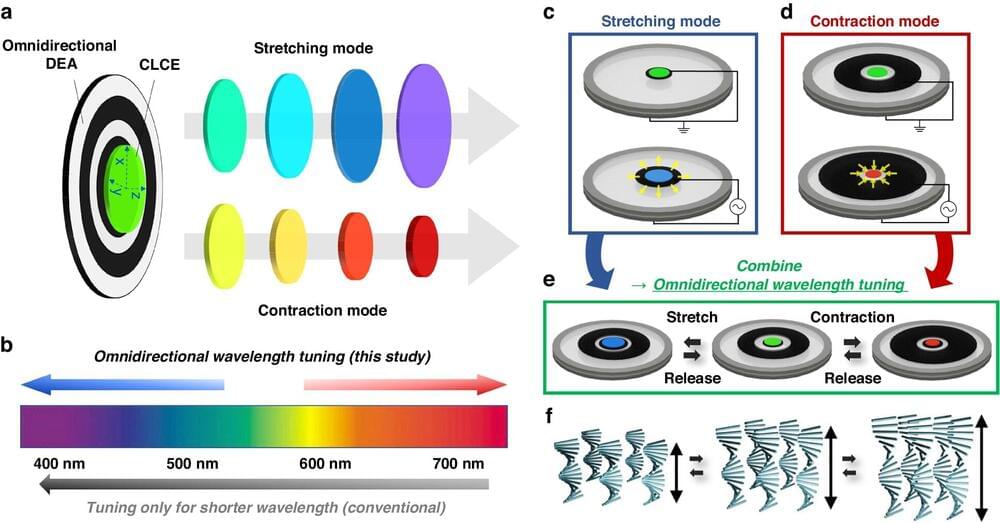
In the rapidly evolving field of photonics, an advancement has emerged from Korea, redefining the possibilities of structural color manipulation. Scientists have developed a pioneering technology capable of omnidirectional wavelength tuning, which promises to revolutionize a myriad of tunable photonic applications.
Immunity & Transformation by Brian ClementBrian Clement, Ph.D., L.N, Co-Director, Hippocrates WellnessGlobally-Renowned Speaker, Author, and Weight Loss and…